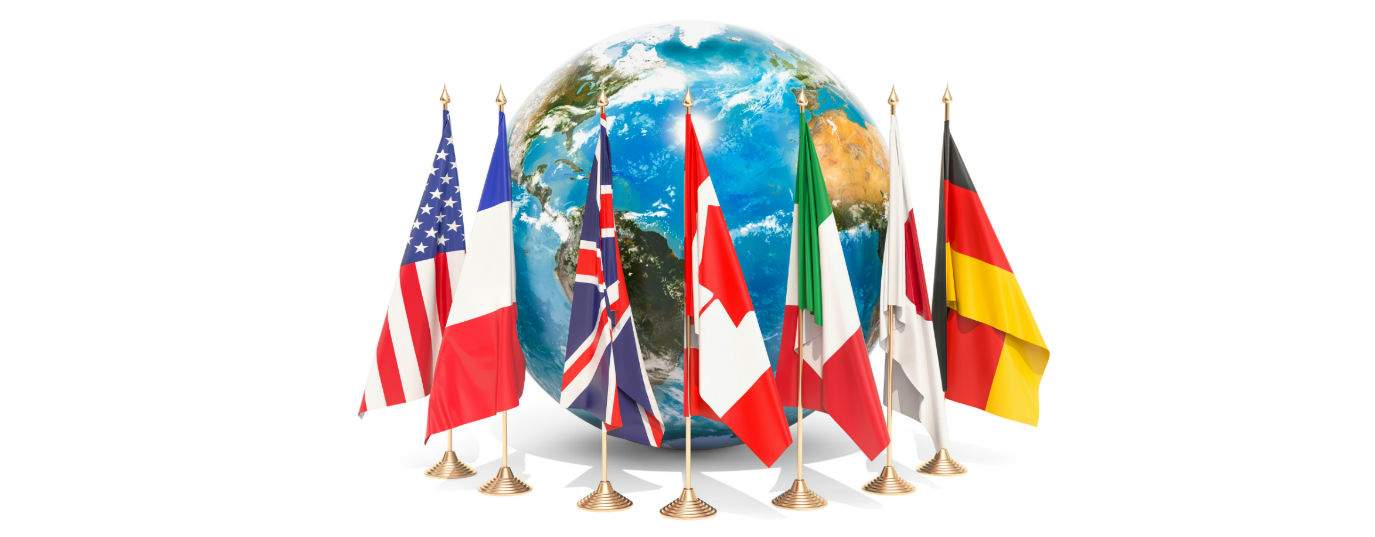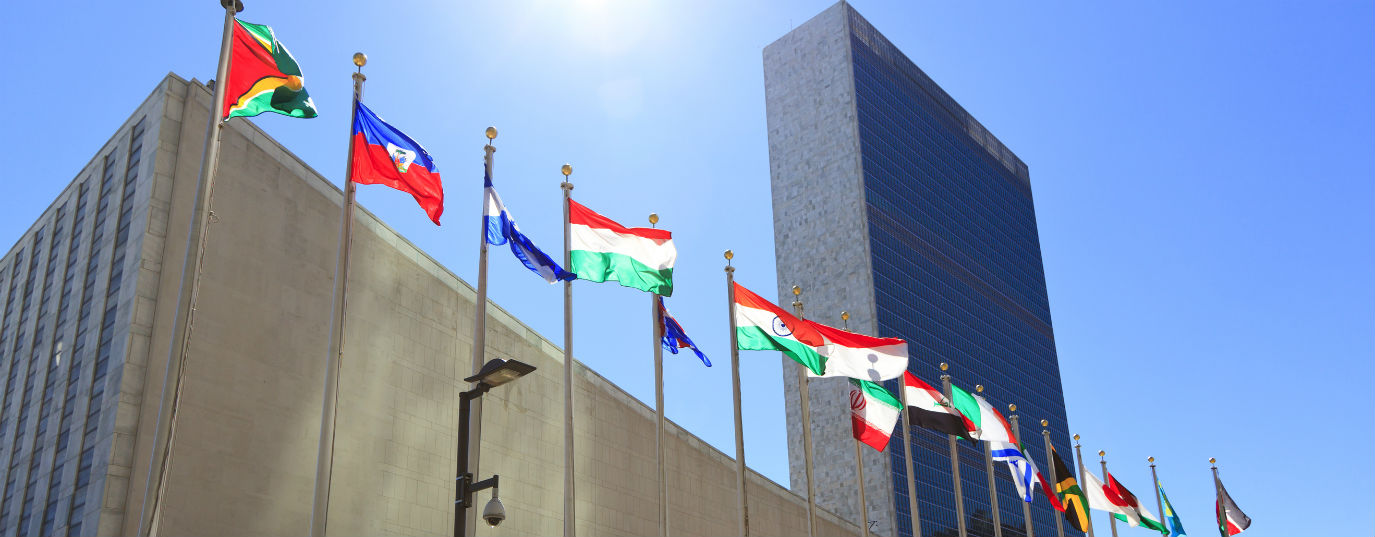Progress of G7 countries toward the 2030 Agenda
A report measuring the evolution of the SDGs globally warns that the sustainable development policies of the most powerful 7 countries on the planet are failing.
It is already 3 years ago that world leaders – exactly 193 of them – committed to an unprecedented action plan to work toward fulfilling the most ambitious Sustainable Development Goals (SDGs) ever agreed internationally: 17 goals and 169 targets spelled out in the 2030 Agenda for Sustainable Development, concerning everything from the elimination of poverty to tackling climate change.
In 2030, we should be celebrating the achievement of the SDGs. It might seem a reasonable enough deadline, but, in order to prevent those responsible from resting on their laurels, the SDSN and Bertelsmann Stiftung foundation annually compile an SDG Index a revealing report measuring global progress toward the Sustainable Development Goals.
The 2018 data does not exactly give rise to optimism. One theme emerges above all others: either the G7 countries get a move on in adopting measures in favor of the Sustainable Development Goals, or these 7 most powerful, influential nations on the planet will reach 2030 without having done what they said they would.
G7 countries failing on sustainable development
Since the commitments adopted in 2015, the G7 are not advancing at the speed they need to fulfil the 2030 Agenda. Most have begun taking measures to promote sustainability and fight against climate change, but, according to the SDG Index, they are far from enough.

Germany and France are the G7 powers that have progressed the most – in 4th and 5th position, respectively - but the US has fallen to 35th place in the sustainable development ranking. Here is the full G7 list:
- 4th place: Germany
- 5th: France
- 14th: United Kingdom
- 15th: Japan
- 21st: Canada
- 30th: Italy
- 35th: United States
The results vary widely between countries, but, generally, the G7 countries score the best marks for SDG 1, on ending poverty; SDG 3, on health and wellbeing, and; SDG 4, on the quality of education. But most fail in one way or another with respect to SDGs 10, 13 and 14, the goals related to reducing inequality, tackling climate change and conserving marine life.

Another alarming conclusion in the 2018 report concerns the big gaps in the efforts of the G7 governments to implement the SDGs. Although markets and private sectors in each country are incorporating sustainability plans in their policies, without governmental structures and state strategies, it is very difficult for these to have any real effect. Italy and Germany have been best at institutionalizing the SDGs, with the US the G7 country with the lowest marks for this indicator.
G7 activities impacting negatively on other countries’ efforts
Activities by some G7 members are having negative consequences in other countries in the world. The 2018 sustainable development report now includes indirect indicators, i.e. negative effects by some countries which indirectly undermine the efforts of others to achieve the SDGs. Examples include arms exports, the use of tax havens and environmental damage resulting from trade policies. These have an indirect, drastic impact on the security and environmental health of other countries. According to the SDG Index, the US and UK are the members with the worst influence on SDGs elsewhere, while Canada and Japan only just emerge positively in these indirect metrics.
Sources: Red Española para el Desarrollo Sostenible, SDG Index






